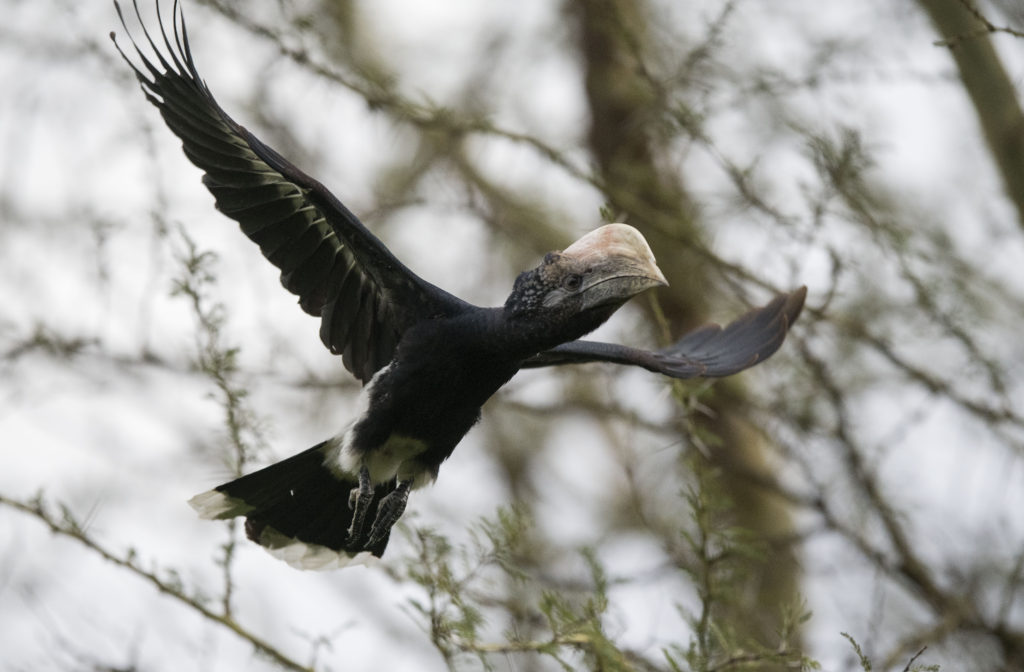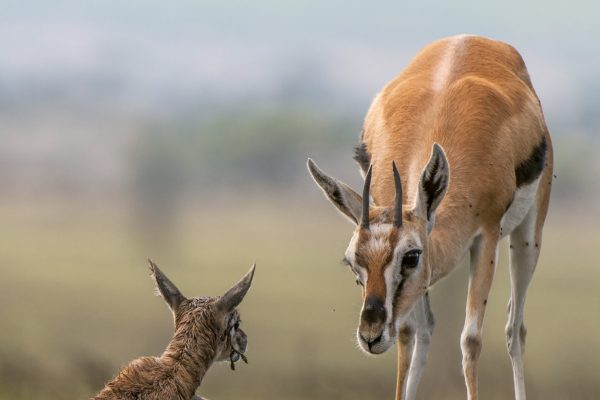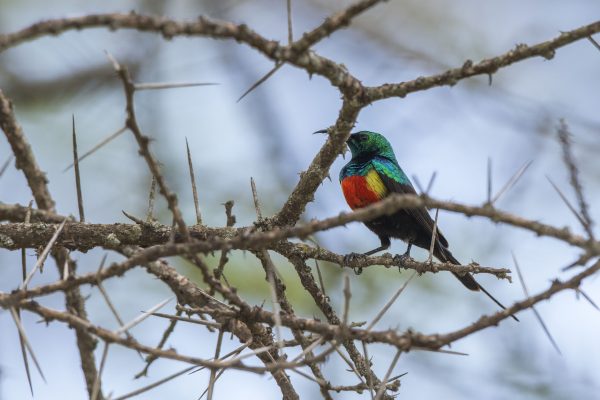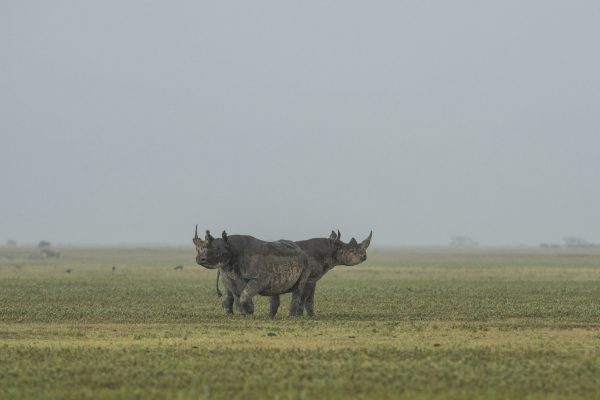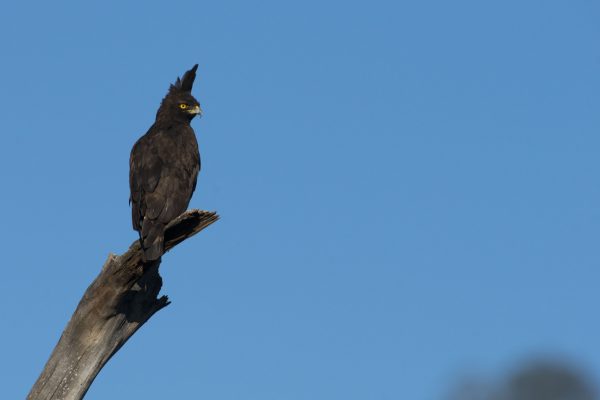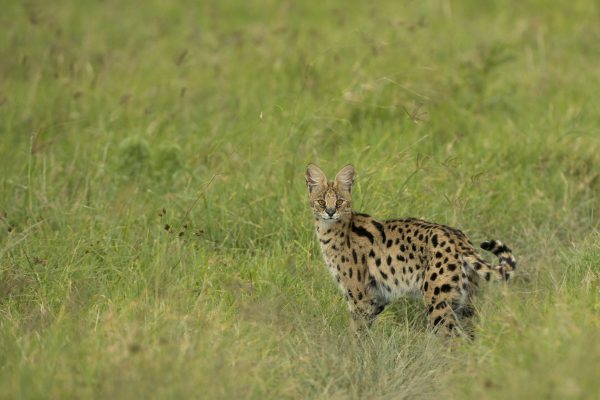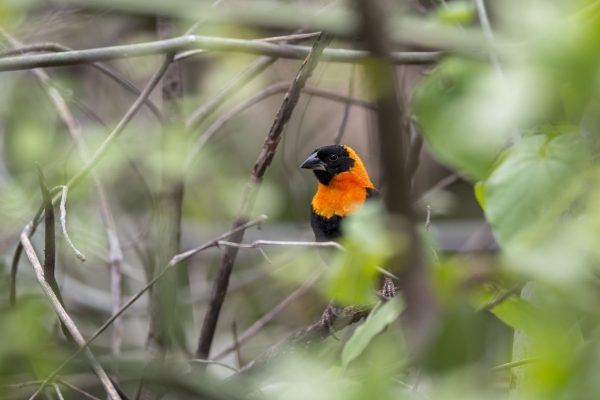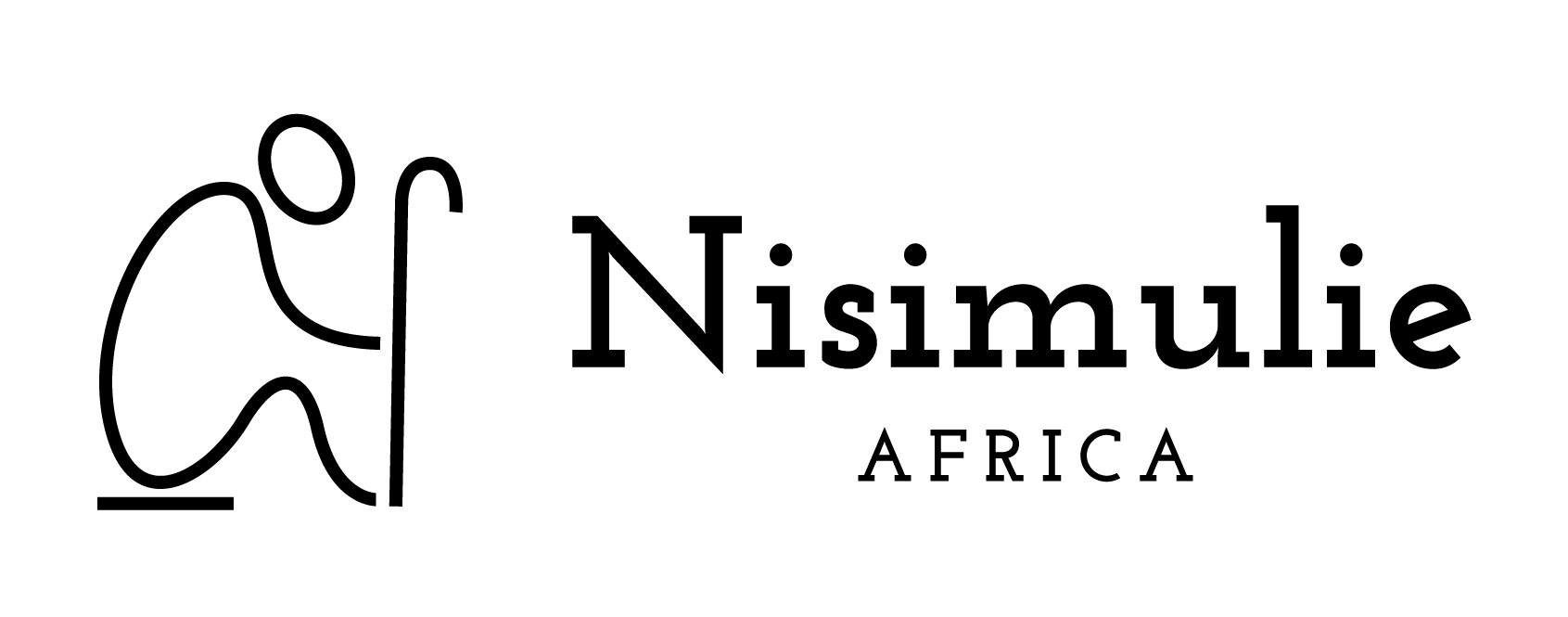Overview
Located in the northern crater highlands area of Tanzania, the Ngorongoro conservation area is a protected game area registered under the prestigious world heritage sites. The conservation area is overseen by the Ngorongoro Conservation Area Authority.
Winding back the hands of time a few thousand years ago, these lands are believed to have originally been occupied by hunters and gatherers. Rolling forward several years on, the native communities were invaded by the migration of the pastoralist communities of Mbulu and Datooga. In the 1800’s, the larger Maasai communities drove out the native and migrant communities to then dominate these lands.
Named after an imitative harmony resembling a cowbell of the Maasai pastoralists that live alongside the wildlife on these lands, the Ngorongoro Crater is the world’s largest intact – unflooded and unbroken – volcanic caldera. Forming a spectacular bowl of about 265 square kilometers, with sides up to 610 meters deep; it is home to an approximate 30,000 animals at any one time. The Crater rim is over 2,200 meters high and experiences its own climate. From this high vantage point it is possible to make out the tiny shapes of animals making their way around the crater floor far below. Swathes of cloud hang around the rocky rim most days of the year and it’s one of the few places in Tanzania where it can get very chilly at night.
The Ngorongoro Volcanic complex consists of 8 extinct shield volcanoes within the Eyasi Half-graben, the eastern boundary marked by the Gregory Rift Western Escarpment. The Lake Eyasi escarpment bounds the half-graben on the southwest. Within the complex, 5 volcanoes are dome-shaped cones, while 3 have calderas. Ngorongoro Volcano is primarily basaltic trachyandesite. The caldera is fed by the Munge and Oljoro Nyuki Rivers, while the Ngoitokitok hot springs feed into the Goringop swamp. Lake Magadi is a shallow, 1.7 meters, alkaline lake. Other volcanoes within the complex include Olmoti, Empakaai, Loolmalasin, Sadiman, Lemagrut, and Oldeani. The northwest portion of the conservation area consists of the Serengeti Plains, the Salei Plains, the Oldupai Gorge, and the Gol Mountains inselbergs.
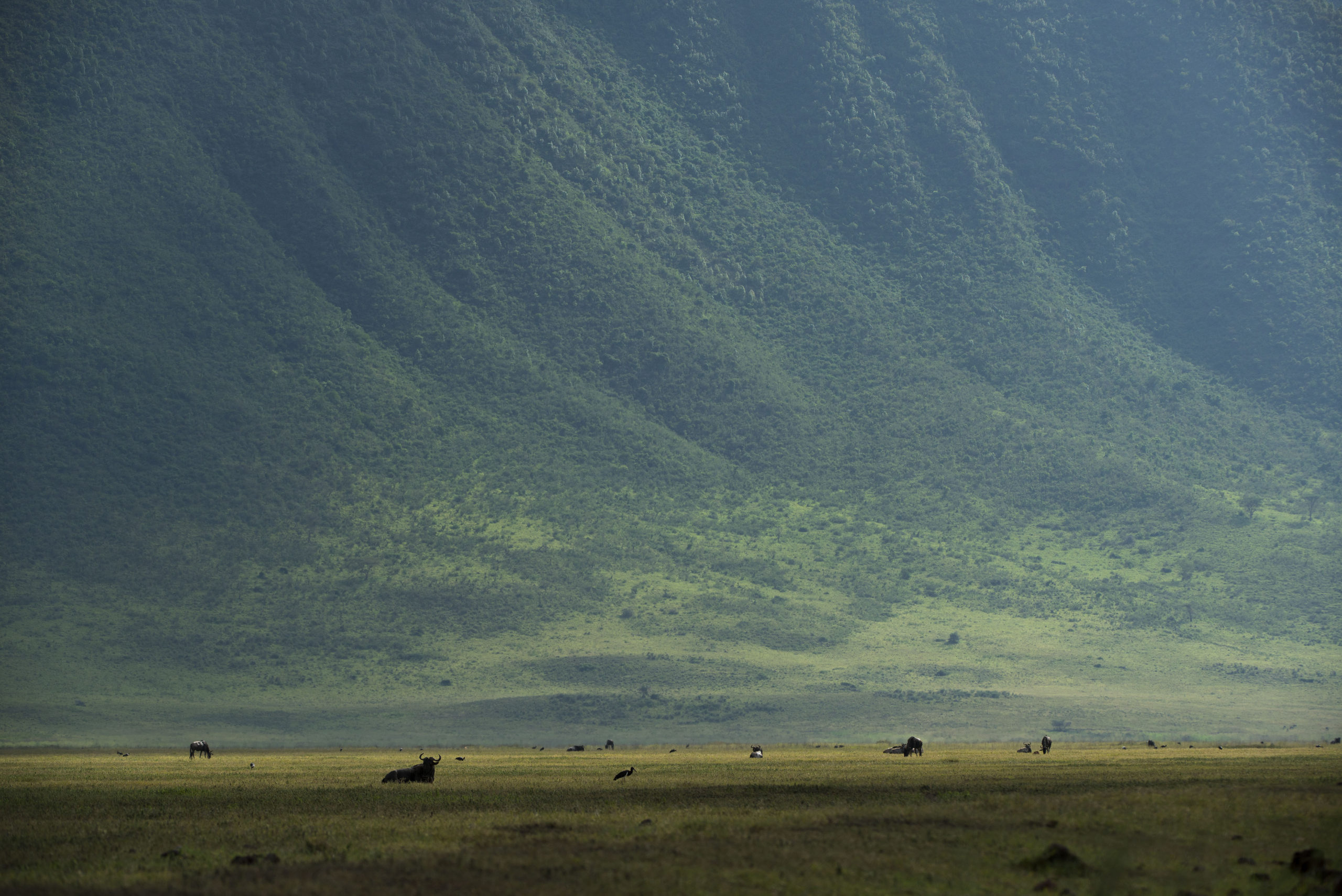
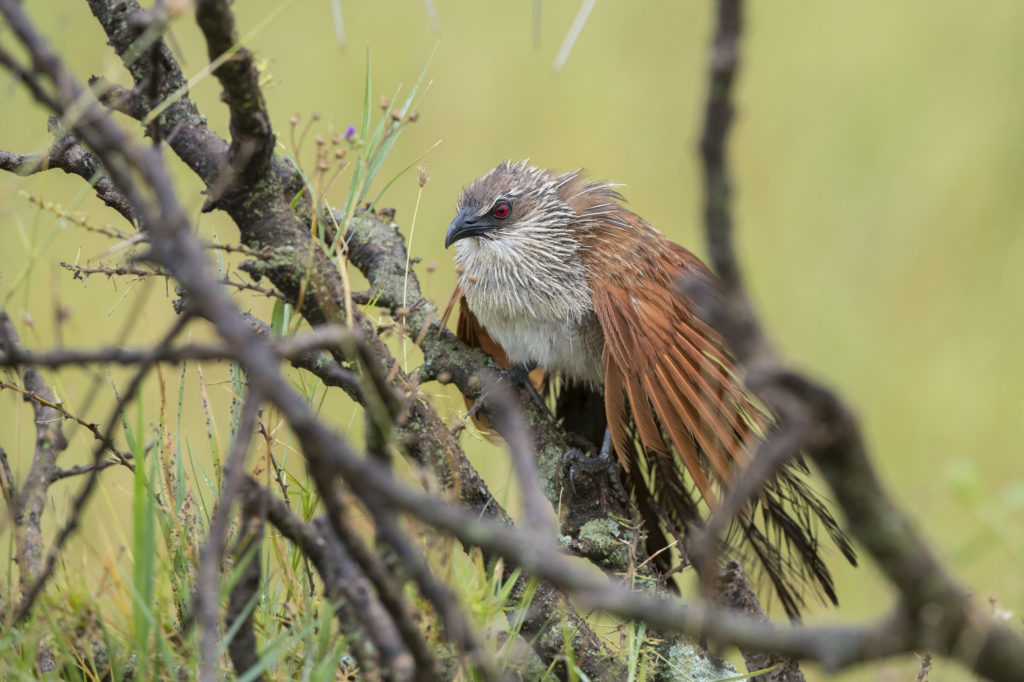
Ngorongoro is home to lush green, rain-watered vegetation, as well as desert plants. The area has uncultivated lowland vegetation, arid and semi-arid plant communities, abundant short grass used for grazing, and highland forests.
Scrub heath, grasslands, high open moorland, and the remains of dense evergreen forests cover the steep slopes of the crater, while highland trees including Peacock Flower, Yellow-Wood, Kousso (Hagenia abyssinica), and Sweet Olive can also be found. There are also extensive stretches of pure bamboo on Oldeani Mountain, and Pencil Cedar on Makarut Mountain to the west. Dove- weeds dominate the lower slopes, while the upland woodlands contain Red Thorn Acacia and Gum Acacia that are critical for protecting the watershed.
The crater basin is covered by open short grass plains with fresh and brackish water lakes, marshes, swamps, and two patches of Acacia woodland. The Lerai Forest is home to the acacia or Yellow Fever tree while Laiyanai Forest has Pillar Wood and Acacia Lahai. The undulating plains to the west are grass-covered with occasional Umbrella Acacia and Commiphora Africana trees. Blackthorn Acacia and Zebra wood dominate in the drier conditions beside Lake Eyasi. These extensive grasslands and bush are rich, relatively untouched by cultivation, and support very large animal populations.

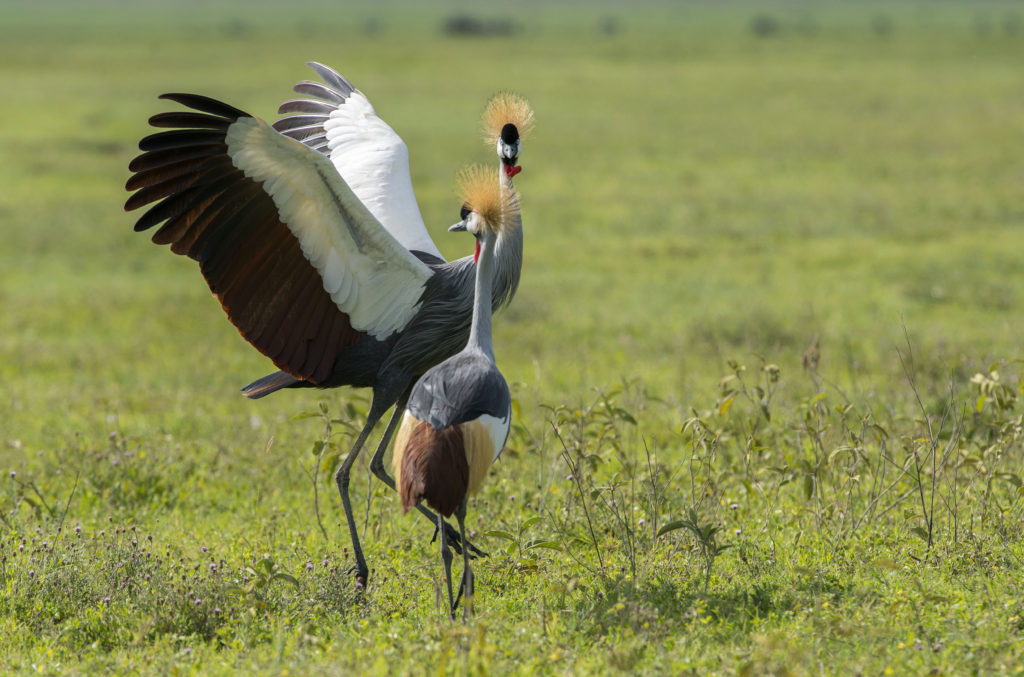
An impressive array of thriving birdlife is also a wonder of keen interest for guests in the crater ranging from the small lovely Blue-capped Cordon-bleu and Kittlitz plovers to the larger kori bustard, greater and lesser flamingos, golden crested crane to the majestic African ostrich among innumerable others. Nearly three million years old, the ancient caldera shelters one of the most beautiful wildlife havens on earth.
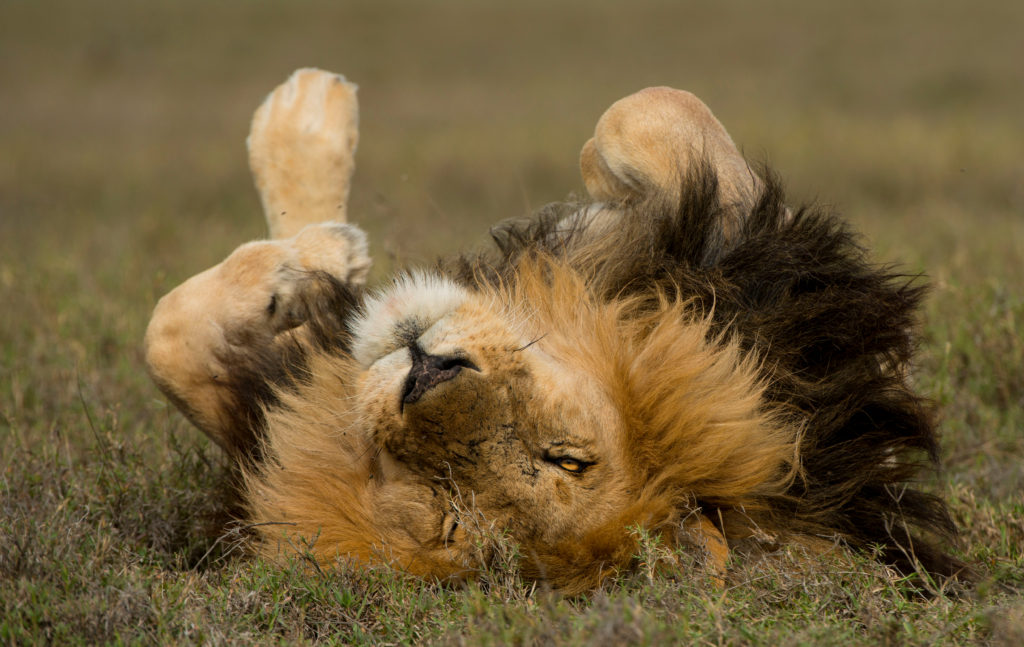
A bit further west of the Ngorongoro crater, sits what is undoubtedly the most famous archeological location in East Africa. In its antiquity, 3.6 million years old hominid footprints are preserved in volcanic rock in Laetoli. Buried 100 meter deep within the Oldupai gorge, archeological excavations have yielded four different kinds of hominid with indications of gradual increase in brain capacity and use of ancient tools. The significance of this area in studies related to the human origin and evolution have branded the Ngorongoro Conservation Area the cradle of mankind
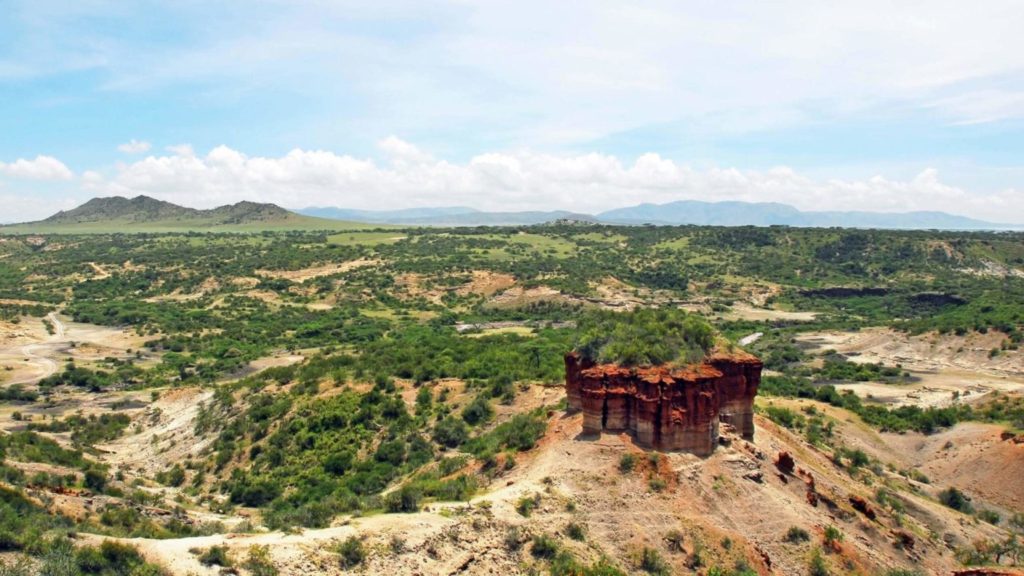
Sited within the crater highland areas, Ngorongoro Conservation area is defined by subtropical climate. At the rim of the Ngorongoro crater, temperatures are identifiably cooler as compared to the crater floor. The warmest months are October – April with an average daily temperature of 16 °C, with the coolest months being June –August with average daily temperature dropping 13 °C. Over the months of May – September it can get quite cold in the nights with temperatures plummeting to below 10 °C. In regards to precipitation, the area is characterized by two main seasons; a dry season that runs from June – September and a wet season that runs other the months of October – May with the wettest month being April.

Accommodations in Ngorongoro extends from high-end luxurious properties including sumptuous lodges, tented camps, chalets and cottages to midrange shelters of assortment and a bit further to the more economical options for those who are more adventurous including bush camps and public campsites. These shelters can be stratified into lodges, tented camps, country cottages, bush camps and mobile camps. Most high-end and some mid-range lodges and camps are strategically stationed at prime locations with breathtaking views of the Ngorongoro crater floor from high up the rim. Different accommodations offer unique services, products and activities aimed at giving the guest maximum satisfaction and value for their money

- Day game drives
- Photographic safaris
- Cultural visits to the local ethnic group bomas
- Birding expeditions
- Nature walks
- Archeological Museum visits

- Transfer time to / from Arusha: 3 hours (approx.)
- Transfer time to / from Manyara: 1 hour (approx.)
- Transfer time to / from Ngorongoro airstrip: 20 minutes to 1 hour (approx.)
- Transfer time to / from Kilimanjaro Airport: 4 hours (approx.)
- Flight time to / from Arusha airport from / to Ngorongoro airstrip: 30 minutes
- Flight time to / from Kilimanjaro airport from / to Ngorongoro airstrip: 40 minutes
